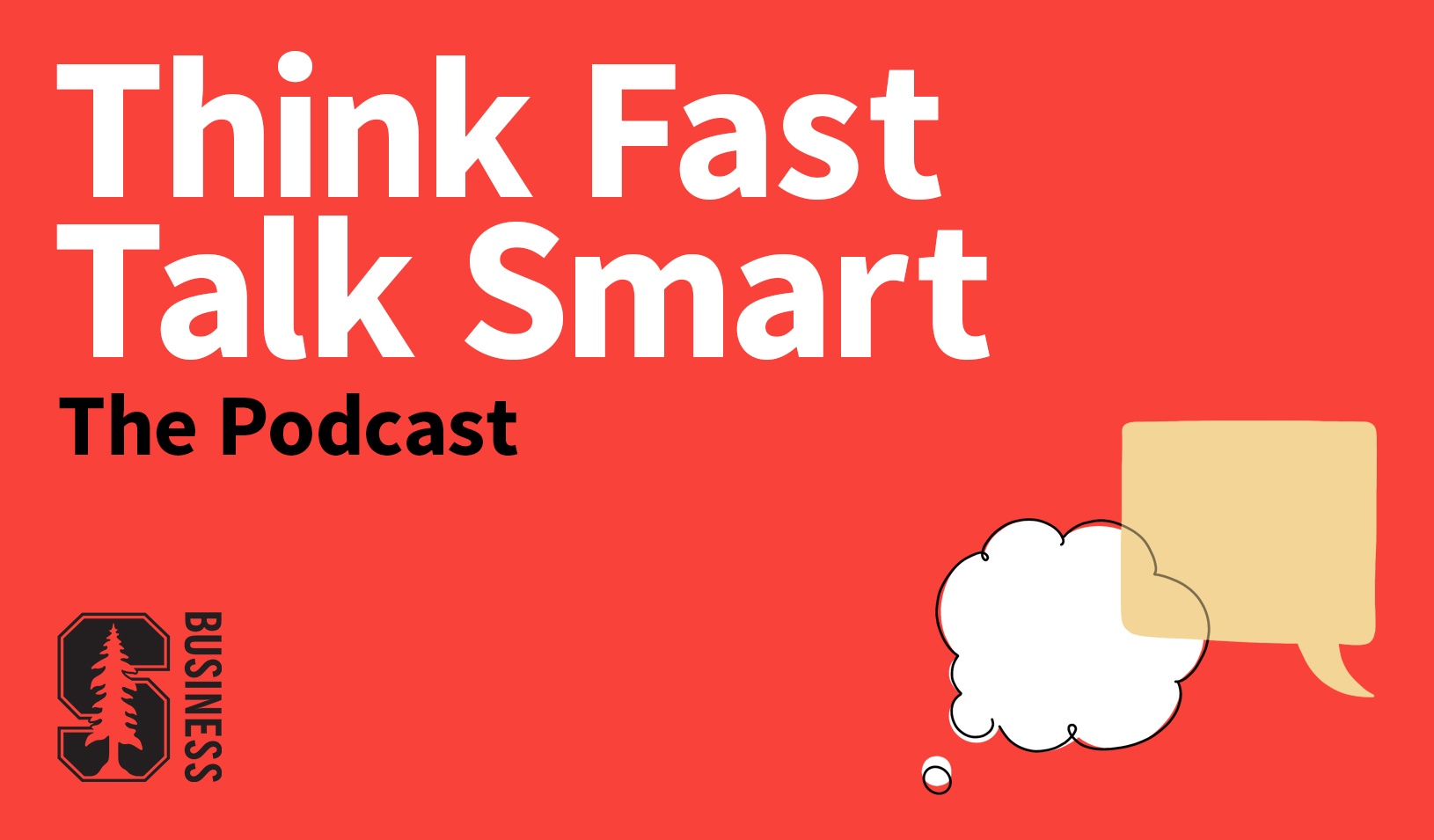As the factory hums along, turning out digital satellite receivers, managers gleefully note a burst of orders from Asia posted at 4 a.m. Before they can relay this good news, however, operations reports an equipment failure in the middle of a manufacturing run while the latest figures from procurement show an inventory shortage.
Littlefield Technologies has it all—the good, the bad, and the lessons most managers can only learn the hard way. The factory is actually an online simulation, used today at more than 40 colleges and universities to teach students operations, production, and business analysis. It is the brainchild of Sunil Kumar, associate professor of operations, information, and technology, and Sam Wood, a former Business School faculty member who today is president of Responsive Learning Technologies, the firm created to market the program that was developed at Stanford GSB.
The simulation, first used in the Business School’s core course in operations in 1997, has been honored with the Wickham Skinner Teaching Innovation Award,presented by the Production, Operations, and Management Society, an international organization to promote teaching in the field. The award cited Littlefield Technologies for demonstrating “real pedagogical innovation” and improving student learning over time, and for being transferable. “This is the most innovative technological application I expect to encounter in my career,” wrote one professor in supporting the award. Another noted that it “fills a large gap” in available teaching material in the field.
Students work to improve the factory’s performance by changing inventory settings, buying and selling capacity, setting lot sizes, quoting lead times,forecasting demand, and changing the queuing sequencing rules. All participants get identical, synchronized information that enables them to judge how their reactions to this information rank against other teams in the game’s universe. Information is updated constantly, not just in preset iterations, allowing students to see the impact of their decisions as they make them and even try to recover from some bad decisions over the week or so that the game runs.
Kumar and Wood have found that although students can view more than a dozen different performance measures for their team, over and over they click the button that tells them their overall standing in the game. “It is clearly addicting,” says Kumar, who finds that at least in his classes “the amount of time they put into it is disproportionate to the weight of the game’s outcome on their grade.” The program is a standard component of the Business School’s core course in operations.
The winners, say the creators, are usually not the teams that tap into the game most frequently and stay up all night checking for orders. The best scorers are usually the best planners—students who have carefully completed the strategically designed class assignments that go along with the factory game.
For media inquiries, visit the Newsroom.






